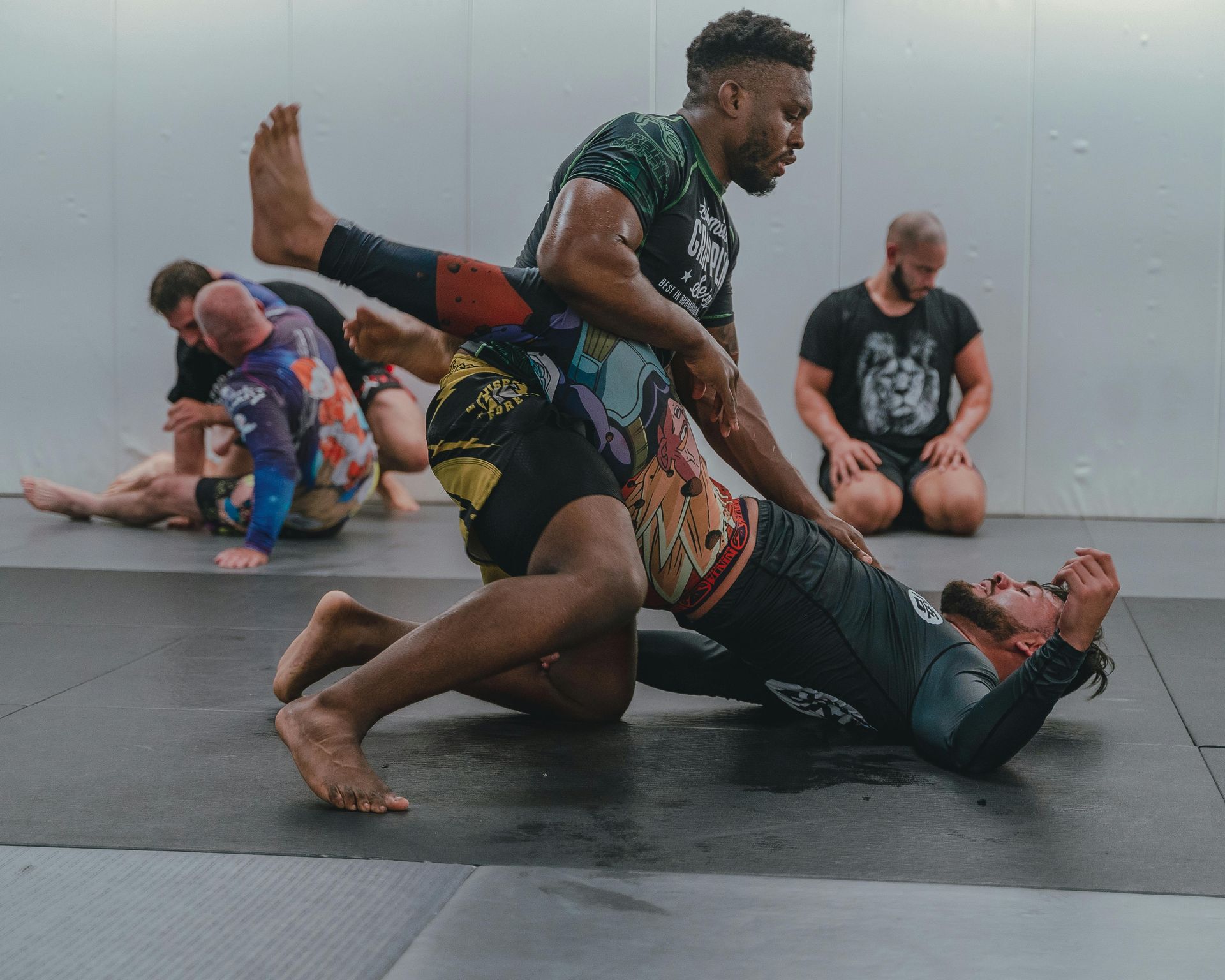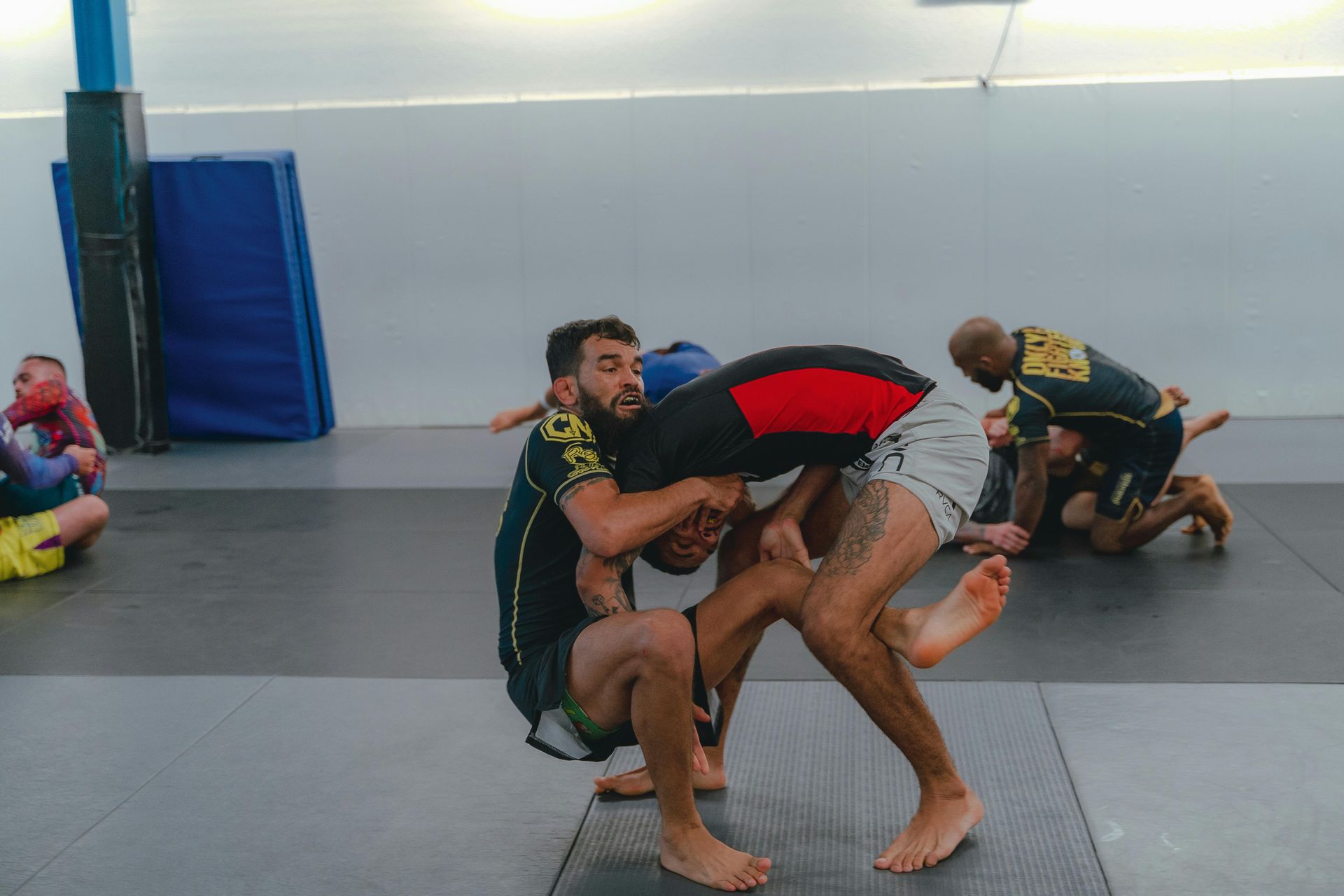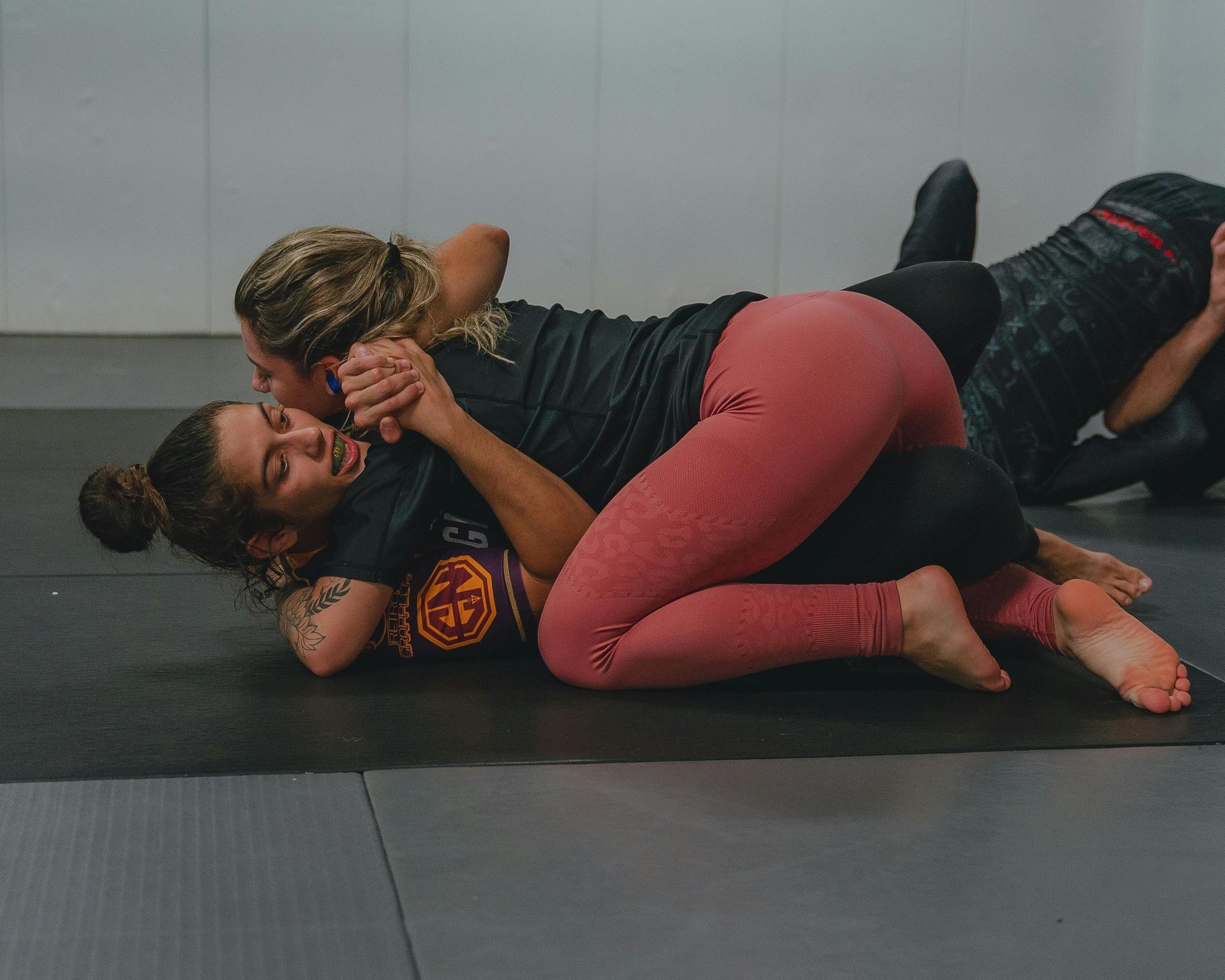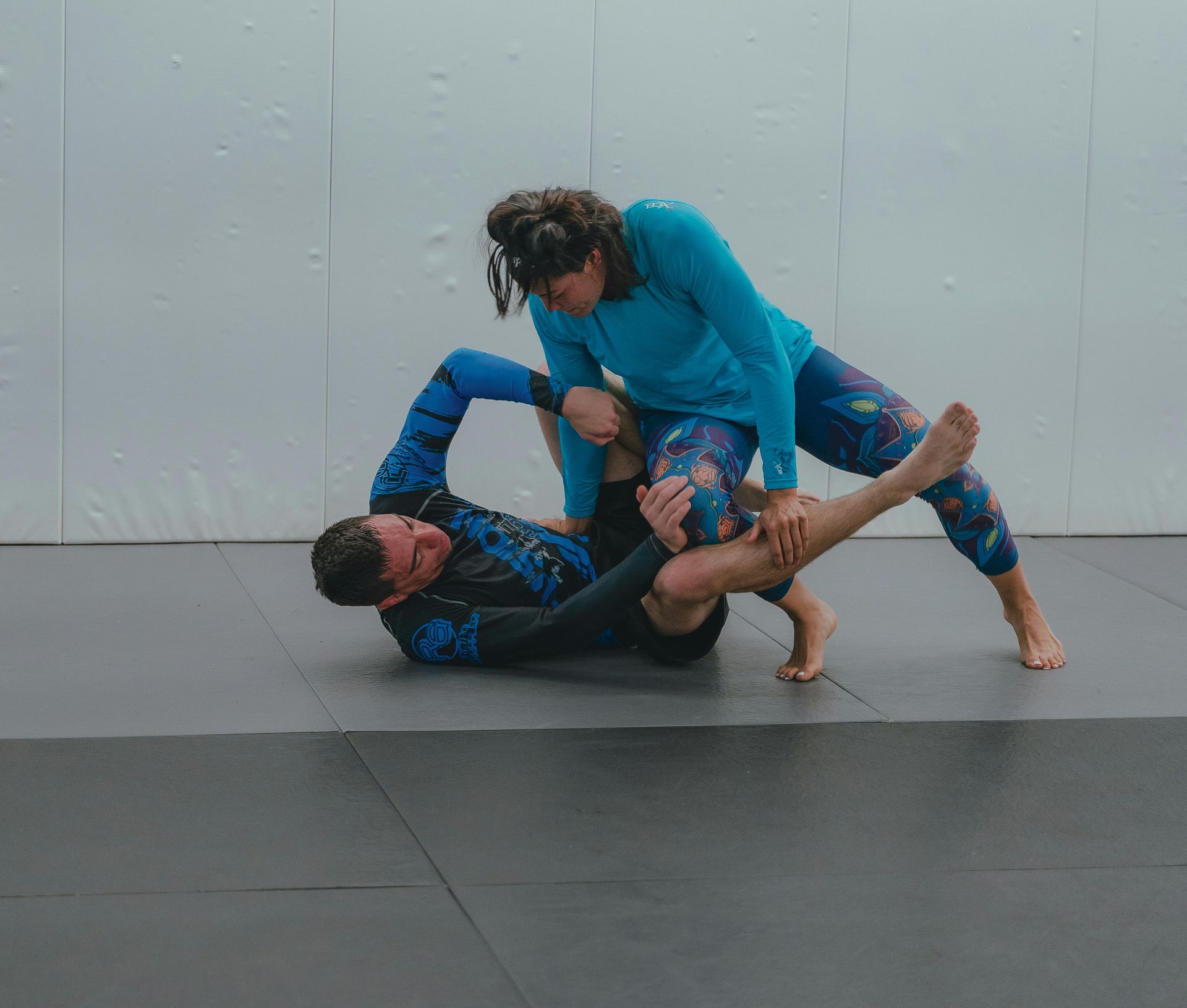Adult Jiu Jitsu — No Gi
Fast, technical grappling without the kimono—built for real control, submissions, and adaptability.
Our year-round No Gi classes in Oakley, CA blend wrestling, positional control, and submission systems to build real-world skill. Train smart, safely, and progressively—whether you’re brand new or looking to sharpen a competition game.
What is No Gi (and why it’s different)?
No gi removes jacket/sleeve grips, so control comes from underhooks, overhooks, head/arm ties, body locks, and wedges. The pace is quicker, scrambles are common, and techniques rely on frames, connection, and timing—perfect for self-defense and MMA transfer.
Key differences vs. Gi:
- Faster pace; less static grip fighting
- Clinch and wrestling ties replace collars/sleeves
- Front headlock and leg-entanglement systems feature prominently
- Grip strength becomes clamps and connection, not fabric holds

How a typical class runs
- Prep & movement — joint prep, stance/level-change primers
- Technique block — 1–2 linked concepts with live details
- Drill → positional sparring — progressive intensity, coach feedback
- Live rounds (optional for new students) — paced, safe application
Curriculum: no gi skills you’ll build
Standing & clinch:
stance, level changes, pummeling, snap-downs, sprawls, hand fighting.
Takedowns & mat returns:
single/double variations, body locks, trips, back-takes off the fence line concepts.
Top game/passing:
knee cut without grips, body-lock passing, shin-staples, smash vs. speed passes.
Guards that work in No Gi:
seated/half, knee shield, reverse de la riva variants, K-guard concepts.
Control & subs:
front headlock (guillotine, darts, anaconda), back attacks, triangles, armlocks, kimura trap.
Leg entanglements (progressive):
entries, control, early escapes first, then straight ankle → inside/outside heel-hook mechanics for advanced students only.
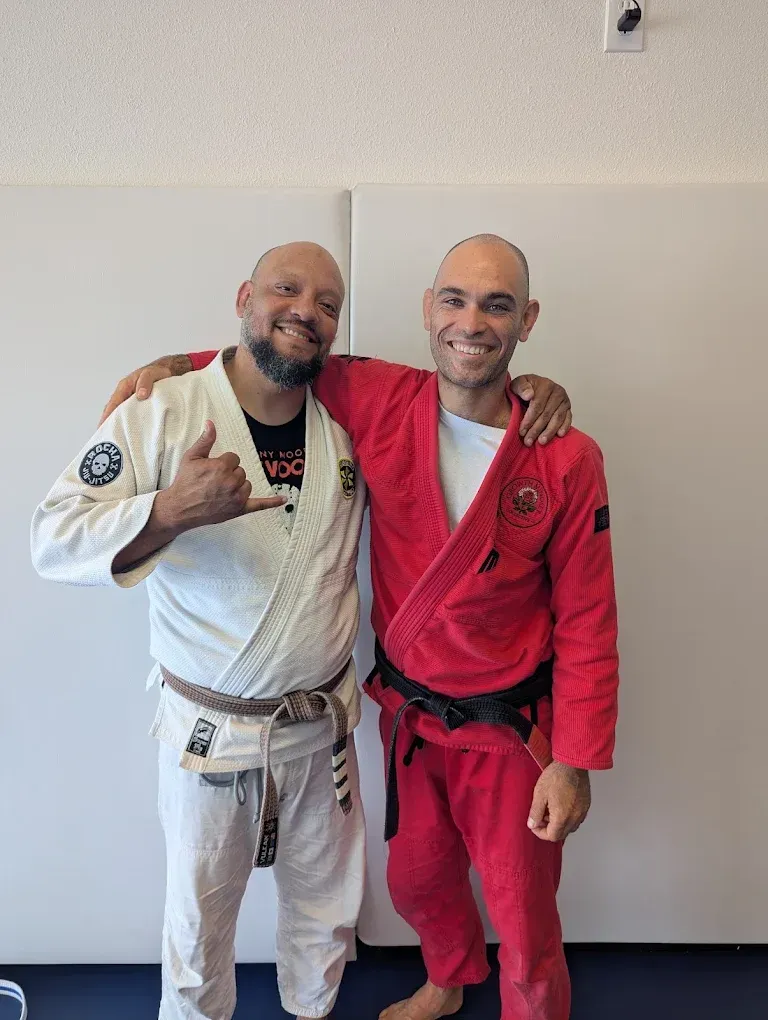
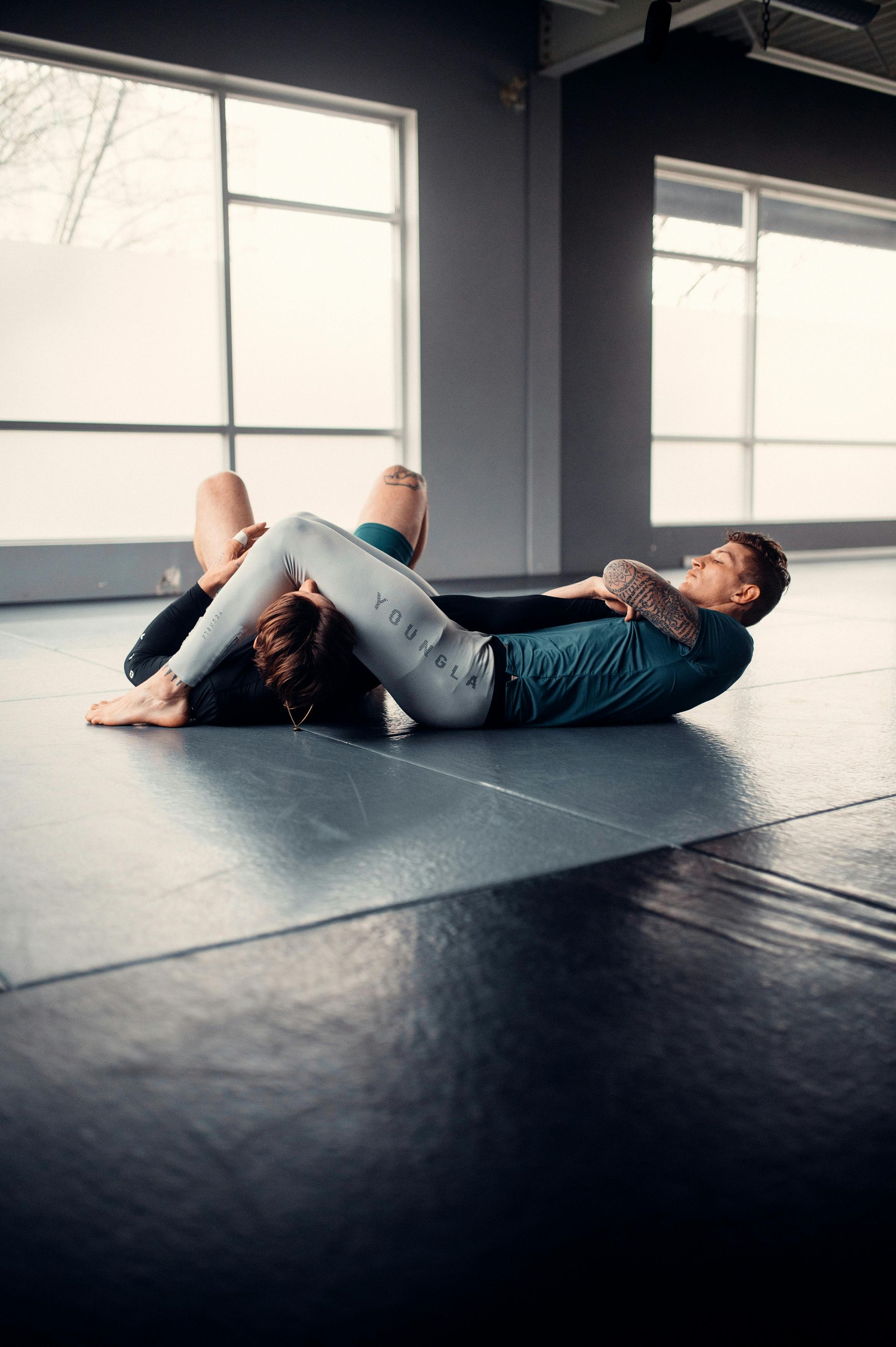
New to no gi or returning?
Brand new?
- Jump into group classes—we’ll ramp you safely through drills, positional rounds, and optional live rounds.
- Experienced?
Ask about targeted competition rounds and seasonal prep blocks.
(Prefer a fixed-cohort format? See our Courses page.)
What to wear & etiquette
- Rashguard and shorts/spats (no pockets, zippers, or metal)
- Fingernails trimmed; sandals off-mat; bring water
- Tap early, tap clearly—tap today so you can train tomorrow
Gi + No Gi: complementary skills
Training both builds a complete game. Gi sharpens posture and grips;
No Gi sharpens clinch, speed, and leg-lock awareness. Curious about Gi? Visit our
Adult Gi page.

Our No Gi Culture (GMC Standards)
No Gi here is disciplined, technical, and structured—not a free-for-all.
What to expect
- Warm-up (8–10 min): joint prep, stance/level-change, pummeling primers
- Technique (12–20 min): one linked system (e.g., front headlock → finishes)
- Drilling (15–20 min): constrained reps with coach feedback
- Positional rounds (10–20 min): targeted scenarios before live
- Live rounds (optional for newer students): paced, safe, coach-led
Leg-lock safety protocol
- Escapes and control before submissions
- Straight-ankle → kneebar → heel-hook progressions for advanced students only
- Clear tap culture; no yanking—ever
Hygiene & etiquette
- Rashguard + shorts/spats (no pockets/zippers)
- Clean gear, trimmed nails, sandals off-mat, be on time, be coachable
FAQs for No GI Training
Is No Gi harder than Gi?
Neither—just different. No Gi rewards clinch mechanics, body locks, and speed; we scale it for beginners.
Will I have to roll on day one?
Only if you’re ready. We start with drilling and positional rounds before full live rolling.
Do you train leg locks?
Yes, with a progressive curriculum: control and escapes first, then straight ankle; heel hooks are for advanced students with strict safety rules.
What should I bring?
Rashguard, shorts or spats, water, sandals for off-mat. We’ll guide you on any extras.
Can I switch between Gi and No Gi?
Absolutely. Many students do both each week for faster progress.
Am I too old for No Gi Jiu Jitsu?
Absolutely. Many students do both each week for faster progress.
Ready to start?
Come by and meet the coach, see the space, and try a class—no pressure.
